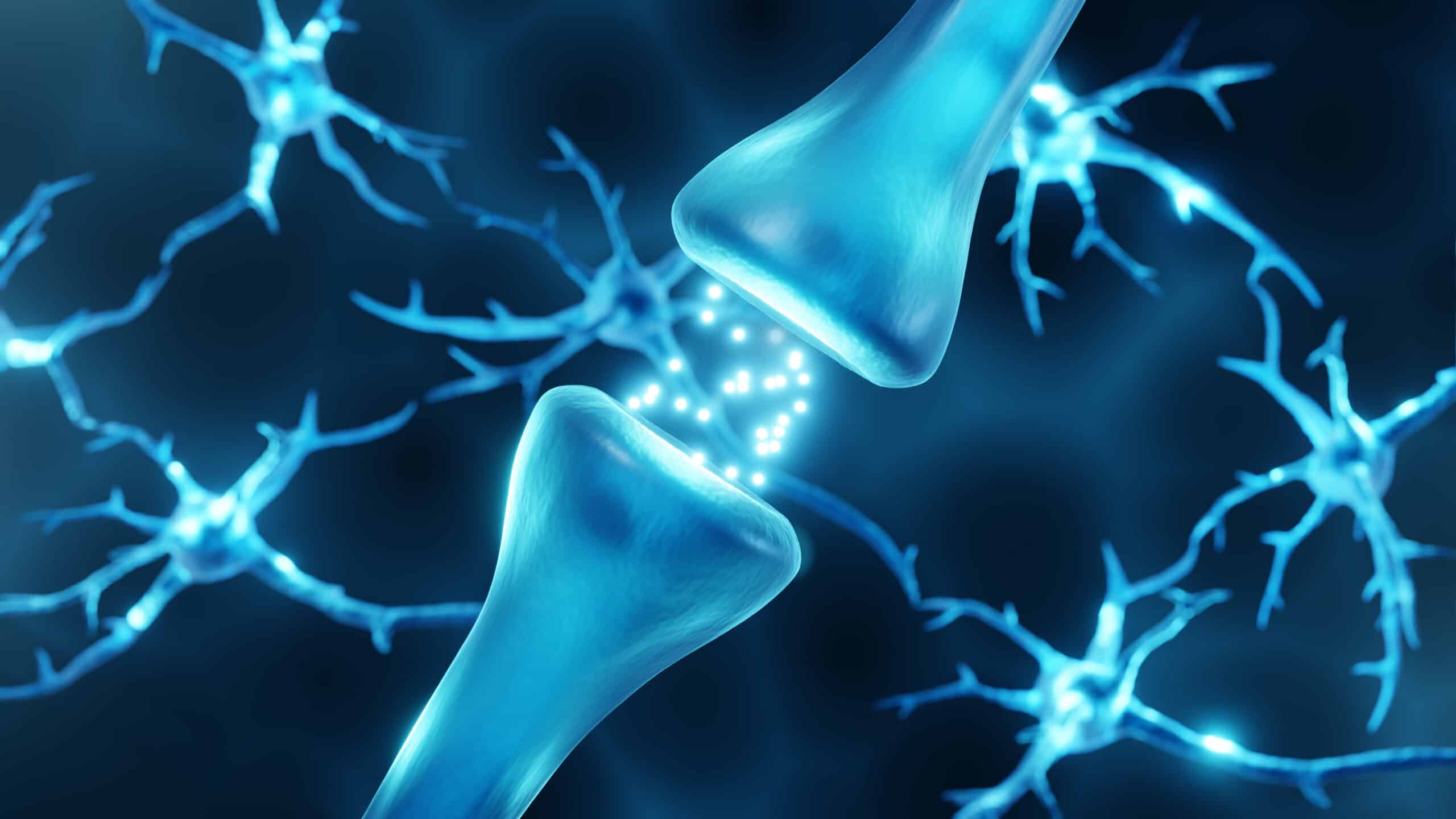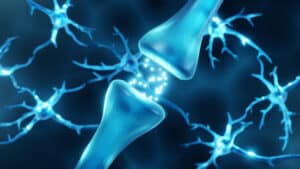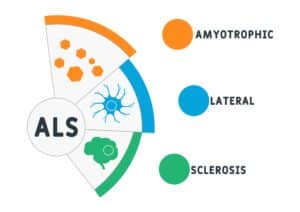Pain perception is highly individual — but now, thanks to a new study conducted by University of Arizona Health Sciences researchers, treatment may become more precise. The team’s research, published in Brain, helps identify why males and females may differ in their experience of pain. The research centers on functional sex differences in nociceptors, which are the specialized sensory nerve cells that produce feelings of pain in the body.
The Basis for Sex-Specific Pain Receptors
Researchers have long suspected that male and female patients experience pain differently, but until now, the exact mechanism has been unidentified. To examine differences in sex-specific receptors, the University of Arizona research team explored nociceptor cells located near the spinal cord. These nociceptors send signals through the spinal cord to the brain, resulting in the perception of pain when exposed to painful stimuli. Nociceptors are already a target for pain medications, including non-steroidal anti-inflammatory drugs like ibuprofen, which block low-intensity pain by normalizing the threshold for nociceptor activation. The Arizona research team hoped to build on that nociceptor activation, specifically targeting male and female nociceptors for a more precise approach to treating pain.
Identifying Male and Female Transmitters
To identify sex-specific transmitters, the team built on prior research exploring the relationship between chronic pain and sleep. That study resulted in numerous differences between male and female studies, pointing the Arizona team toward two specific substances identified as having sex-specific properties: prolactin, a hormone responsible for lactation, and orexin B, a neurotransmitter that helps humans stay awake. Both substances have been found to impact nociceptor activation thresholds, but there is one key difference: Prolactin only sensitizes female nociceptor cells, while orexin B only sensitizes male nociceptor cells.
Testing Pain-Reduction Mechanisms
To further evaluate the effects of prolactin and orexin B, the team blocked prolactin signaling and orexin B signaling in test subjects, which included rodents and nonhuman primates. The result was just as the researchers suspected: Blocking prolactin signaling reduced nociceptor activation in females; however, it had no effect on male pain transmission. Similarly, blocking orexin B signaling was effective in males, but it had no effect on female test subjects.
Frank Porreca, Ph.D., research director of the Comprehensive Center for Pain & Addiction at the University of Arizona Health Sciences and professor and associate department head of pharmacology at the University of Arizona College of Medicine-Tucson, explained the impact of the research in Medical XPress: “Until now, the assumption has been that the driving mechanisms that produce pain are the same in men and women,” said Porreca. “What we found is that the basic, underlying mechanisms that result in the perception of pain are different in male and female mice, in male and female nonhuman primates, and in male and female humans.”
_____
Not only does the team’s research help identify the human body’s pain reception mechanisms, but the findings may also lead researchers to a new, more effective way to treat pain based on a patient’s sex. For example, fibromyalgia, a chronic pain condition, impacts female patients more frequently than males. By targeting female patients’ pain receptors, doctors could provide life-changing relief. “The outcomes of our study were strikingly consistent and support the remarkable conclusion that nociceptors, the fundamental building blocks of pain, are different in males and females,” said Porreca. “This provides an opportunity to treat pain specifically and potentially better in men or women, and that’s what we’re trying to do.”
To evaluate nociception, Scantox Neuro offers the nitroglycerin-induced migraine mouse model that allows to study the effectiveness of new migraine treatments. Animals can be analyzed for pain perception by different in vivo tests. After completion of the in vivo study phase, tissues can be evaluated for nociception-related markers by various biochemical or histological methods.
Scantox is a leading European preclinical GLP-accredited contract research organization (CRO). Since 1977, Scantox has been a trusted partner for in vivo preclinical research services in the pharmaceutical and medical device industries. Our services and expertise enable clients to progress their drug or device development based on consistent, high-quality, solid data to the highest technical and scientific standards. Scantox services support a broad spectrum of preclinical drug development elements, from lead optimization within in vitro and in vivo efficacy models, CNS/neurology, formulation development, and regulatory toxicology studies all the way to manufacturing and distribution of products for clinical trial phase 1 and 2. For more information about our company, visit https://scantox.com/about-scantox/.









